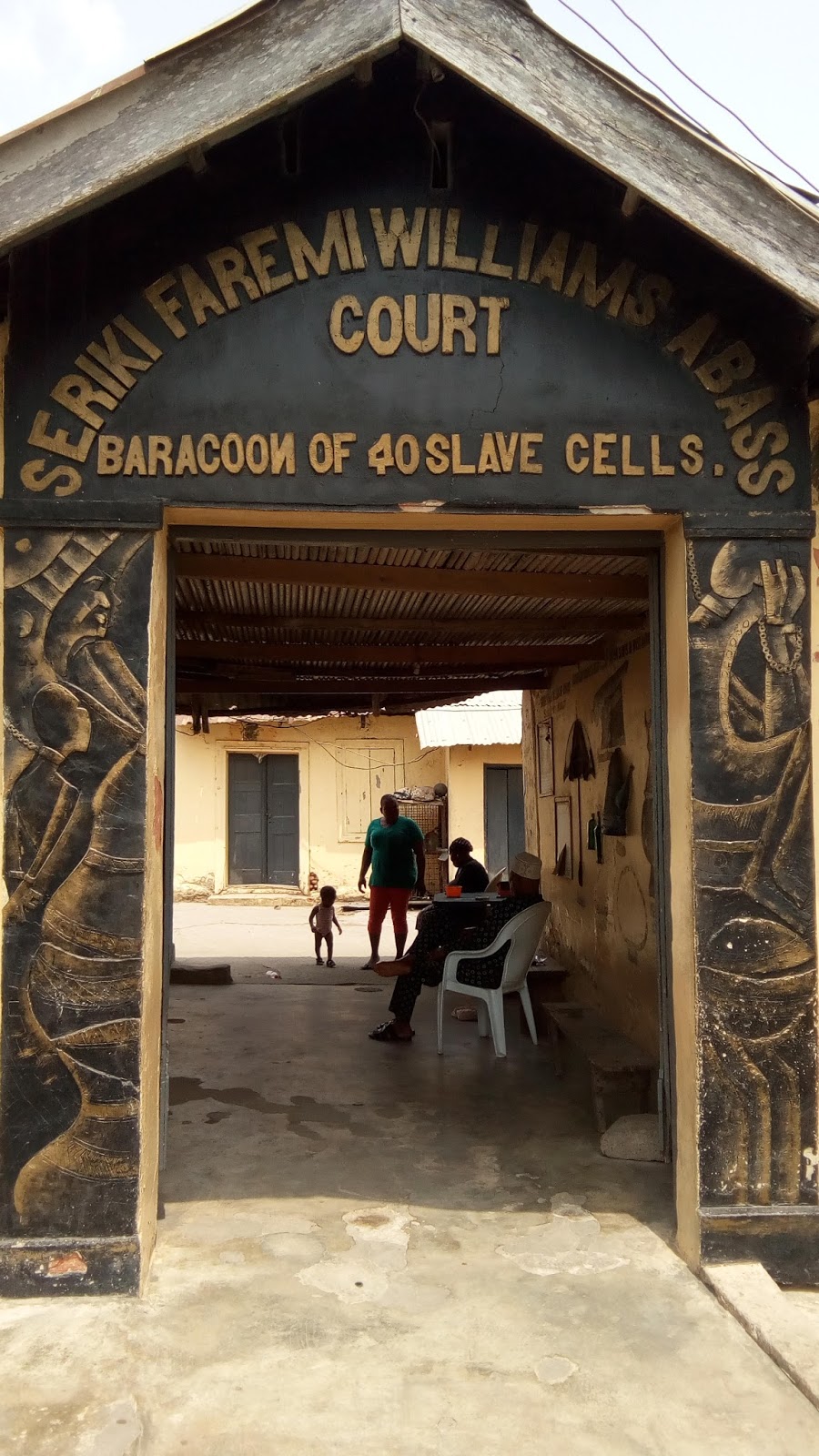
On 9th February,
2018, I had the opportunity of joining screen icon, Omotola Jalade Ekeinde,
Captain Ekeinde, members of the Omotola4point0 team, members of the Lagos State
Ministry of Tourism and a number of amazing guests on a tour of the Badagry
Slave Route. The aim of the trip was to have a clearer understanding of the
events that occurred around the Slave Trade Era and discern how they have
shaped the mental state of the Nigerian and also the African. As expected, the
trip turned out to be both insightful and enlightening.
2018, I had the opportunity of joining screen icon, Omotola Jalade Ekeinde,
Captain Ekeinde, members of the Omotola4point0 team, members of the Lagos State
Ministry of Tourism and a number of amazing guests on a tour of the Badagry
Slave Route. The aim of the trip was to have a clearer understanding of the
events that occurred around the Slave Trade Era and discern how they have
shaped the mental state of the Nigerian and also the African. As expected, the
trip turned out to be both insightful and enlightening.
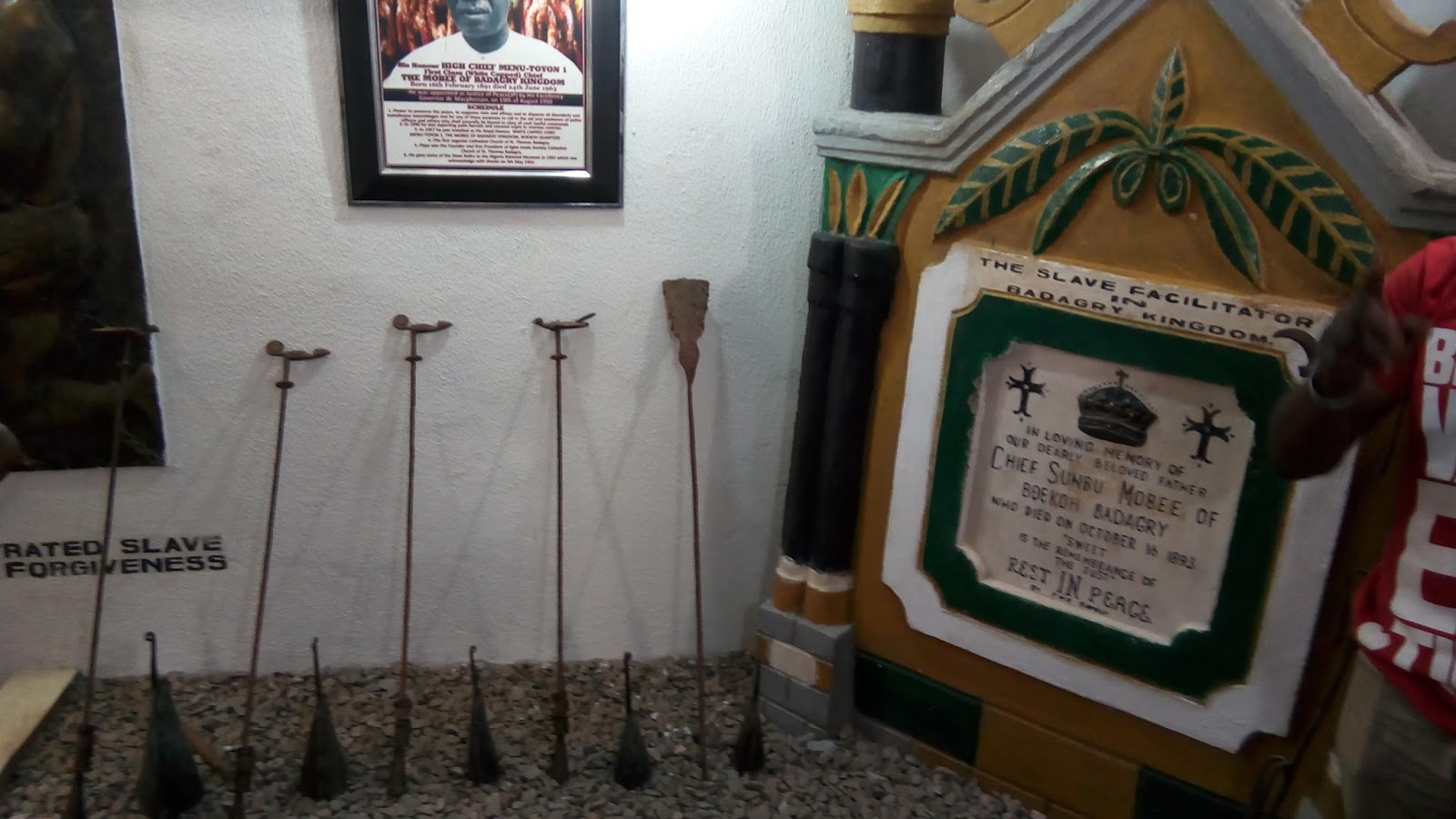
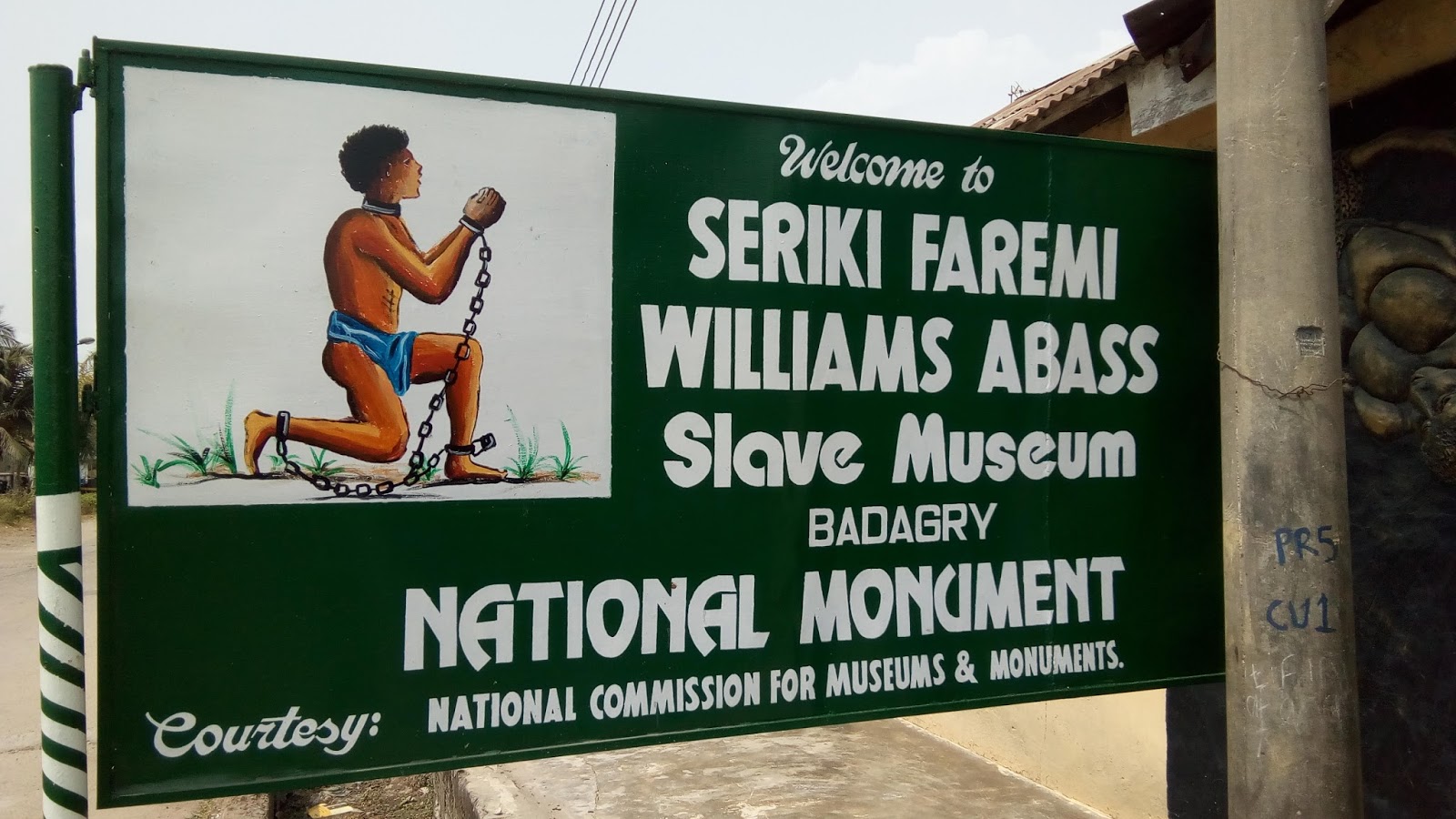
Imagine my utmost surprise
when I learnt that contrary to public belief, the Slave Traders were only successful
in kidnapping a few Nigerians and our local chiefs and kings were directly instrumental
to the success of what has come to be known as one of the biggest crimes in mankind’s
history. According to history, in return for items such as wine, gun powder,
gin and mirrors, Yoruba kings waged war on neighbouring towns and villages in
other to kidnap slaves for batter. One of such leaders was Chief Sunbu Mobee,
ruler of Badagry who died in 1893 and was the King of Badagry during the slave
trade era.
when I learnt that contrary to public belief, the Slave Traders were only successful
in kidnapping a few Nigerians and our local chiefs and kings were directly instrumental
to the success of what has come to be known as one of the biggest crimes in mankind’s
history. According to history, in return for items such as wine, gun powder,
gin and mirrors, Yoruba kings waged war on neighbouring towns and villages in
other to kidnap slaves for batter. One of such leaders was Chief Sunbu Mobee,
ruler of Badagry who died in 1893 and was the King of Badagry during the slave
trade era.
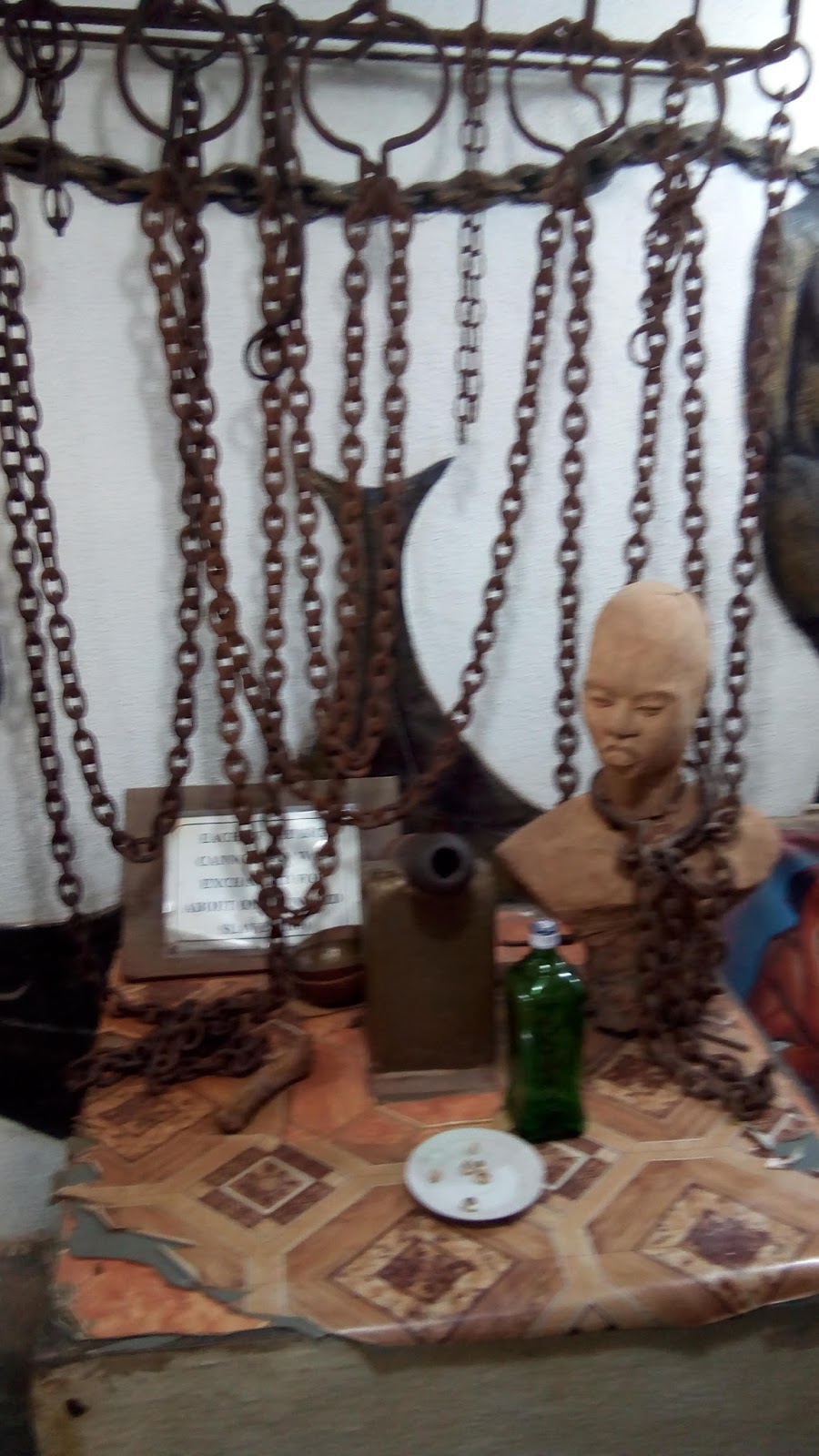

Would you believe that
during the era, a bottle of gin was exchanged for about 10 able bodied slaves? Or
that when the Traders played raffle draws, the first prize was a Horse while
the second prize was a slave girl? This meant that the white traders placed a higher
premium on a horse over a slave.
during the era, a bottle of gin was exchanged for about 10 able bodied slaves? Or
that when the Traders played raffle draws, the first prize was a Horse while
the second prize was a slave girl? This meant that the white traders placed a higher
premium on a horse over a slave.
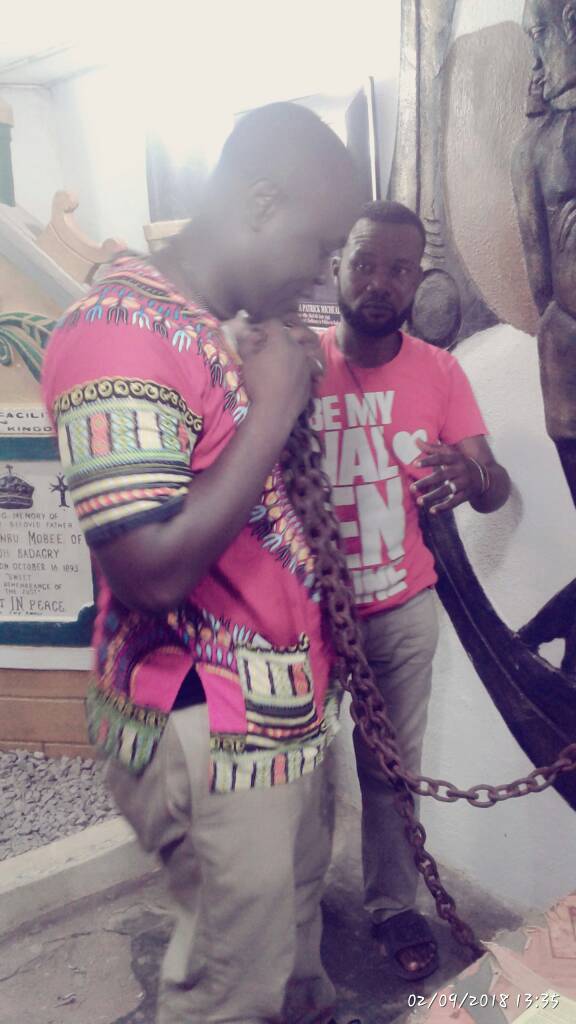
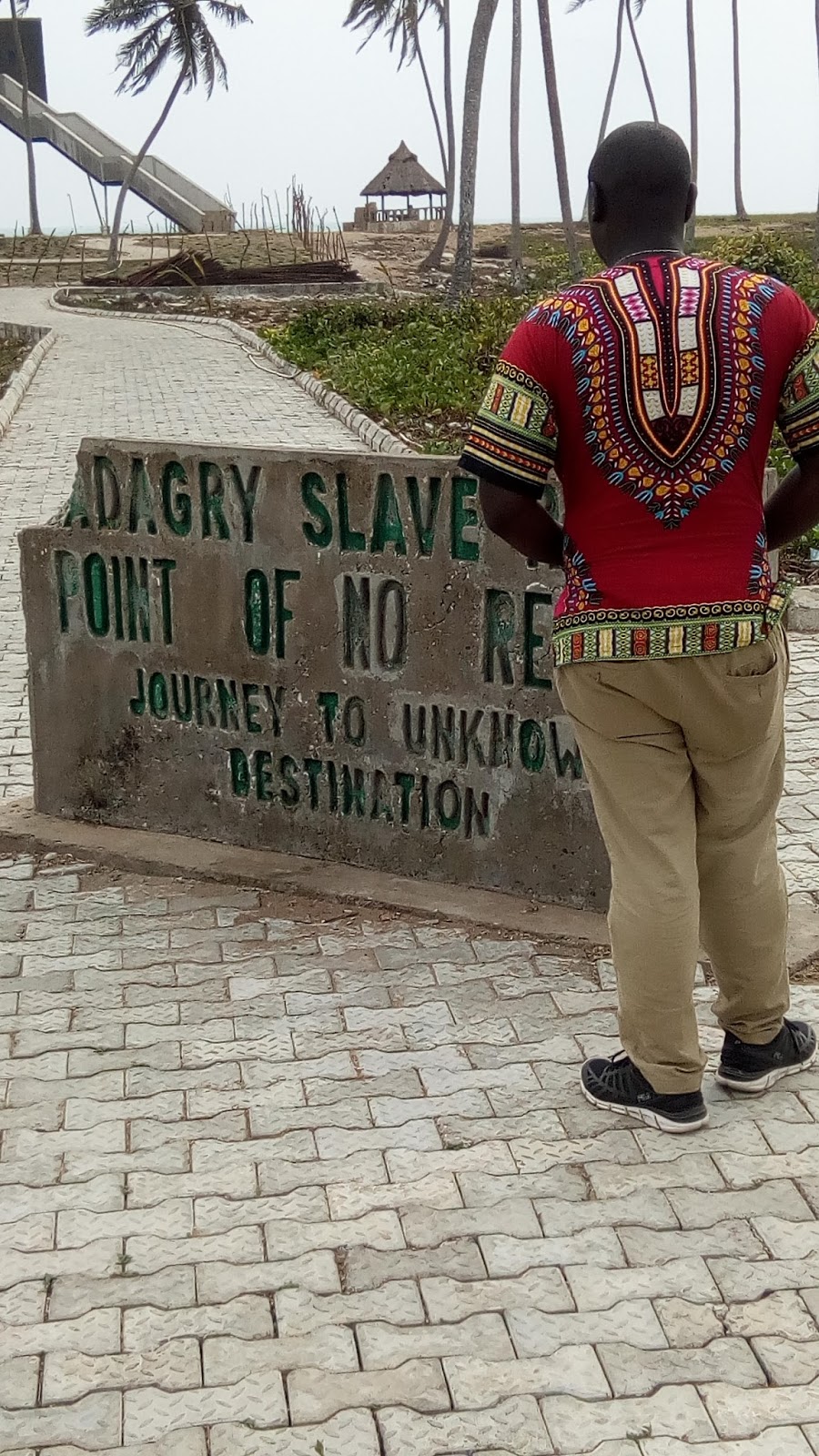
Furthermore, slaves who were
kidnapped in places such as Oyo kingdom had to walk to the coast in Badagry
with heavy chains around the necks and ankles while on their way to unknown
destinations. Such slaves upon reaching Badagry were housed in Baracoons,
otherwise known as slave cells. Here they were gathered and prepared for the
long journey by sea to Spain or the Americas.
kidnapped in places such as Oyo kingdom had to walk to the coast in Badagry
with heavy chains around the necks and ankles while on their way to unknown
destinations. Such slaves upon reaching Badagry were housed in Baracoons,
otherwise known as slave cells. Here they were gathered and prepared for the
long journey by sea to Spain or the Americas.
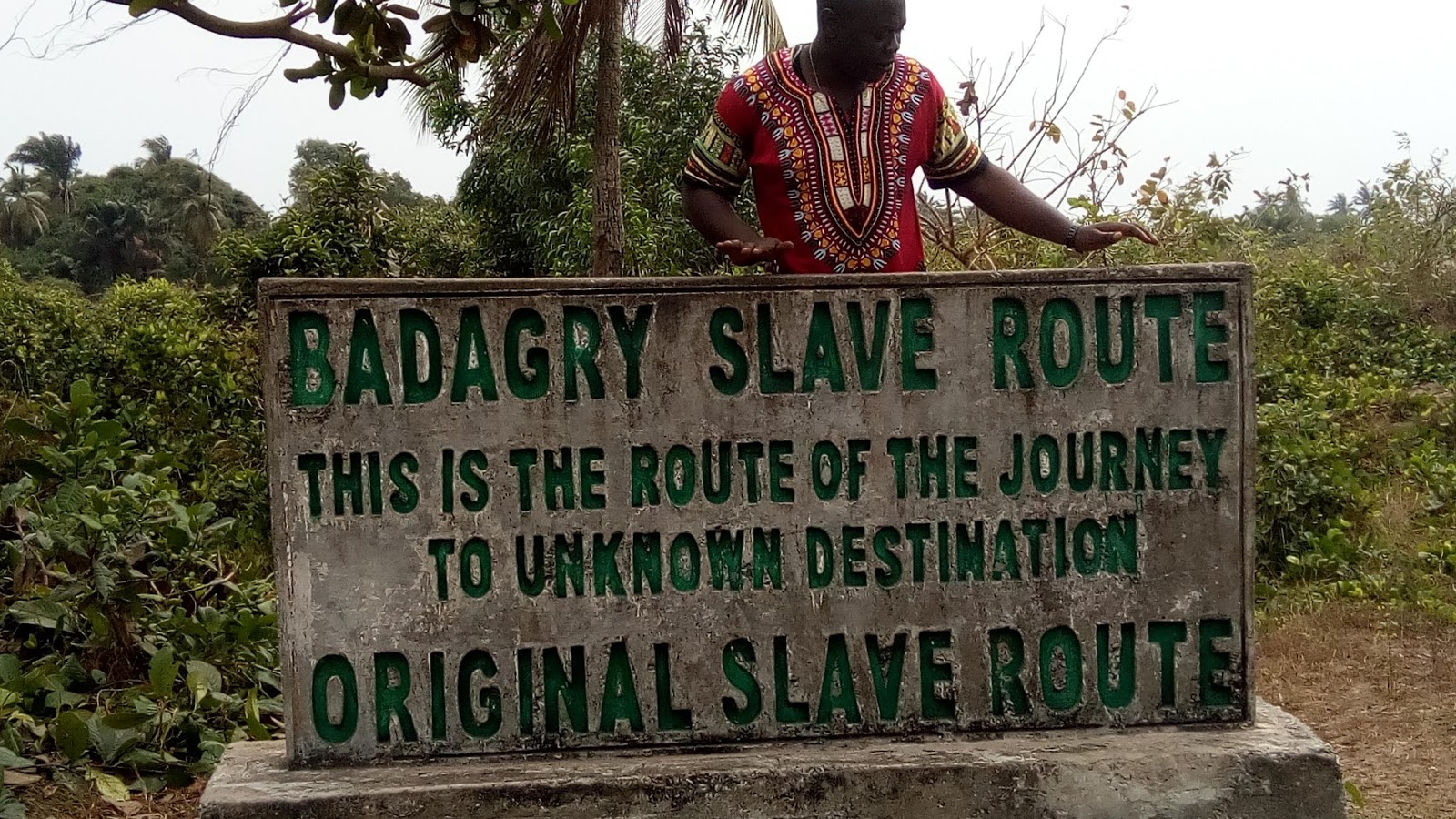
The journey from the shores
of Badagry usually began with a walk through the route slave route to the point
of no return, where the big ships were waiting to cart off the slaves. Each
ship taking about 600 slaves at a time. In
the early 1500’s, slaves were transported from West Africa to America through
Badagry. It is reported that Badagry exported no fewer than 550,000 African
slaves to America during the period of the American Independence in l787. In
addition, slaves were transported to Europe, South America and the Caribbean.
The slaves came mainly from West Africa and the neighboring countries of Benin
and Togo as well as others parts of Nigeria.
of Badagry usually began with a walk through the route slave route to the point
of no return, where the big ships were waiting to cart off the slaves. Each
ship taking about 600 slaves at a time. In
the early 1500’s, slaves were transported from West Africa to America through
Badagry. It is reported that Badagry exported no fewer than 550,000 African
slaves to America during the period of the American Independence in l787. In
addition, slaves were transported to Europe, South America and the Caribbean.
The slaves came mainly from West Africa and the neighboring countries of Benin
and Togo as well as others parts of Nigeria.
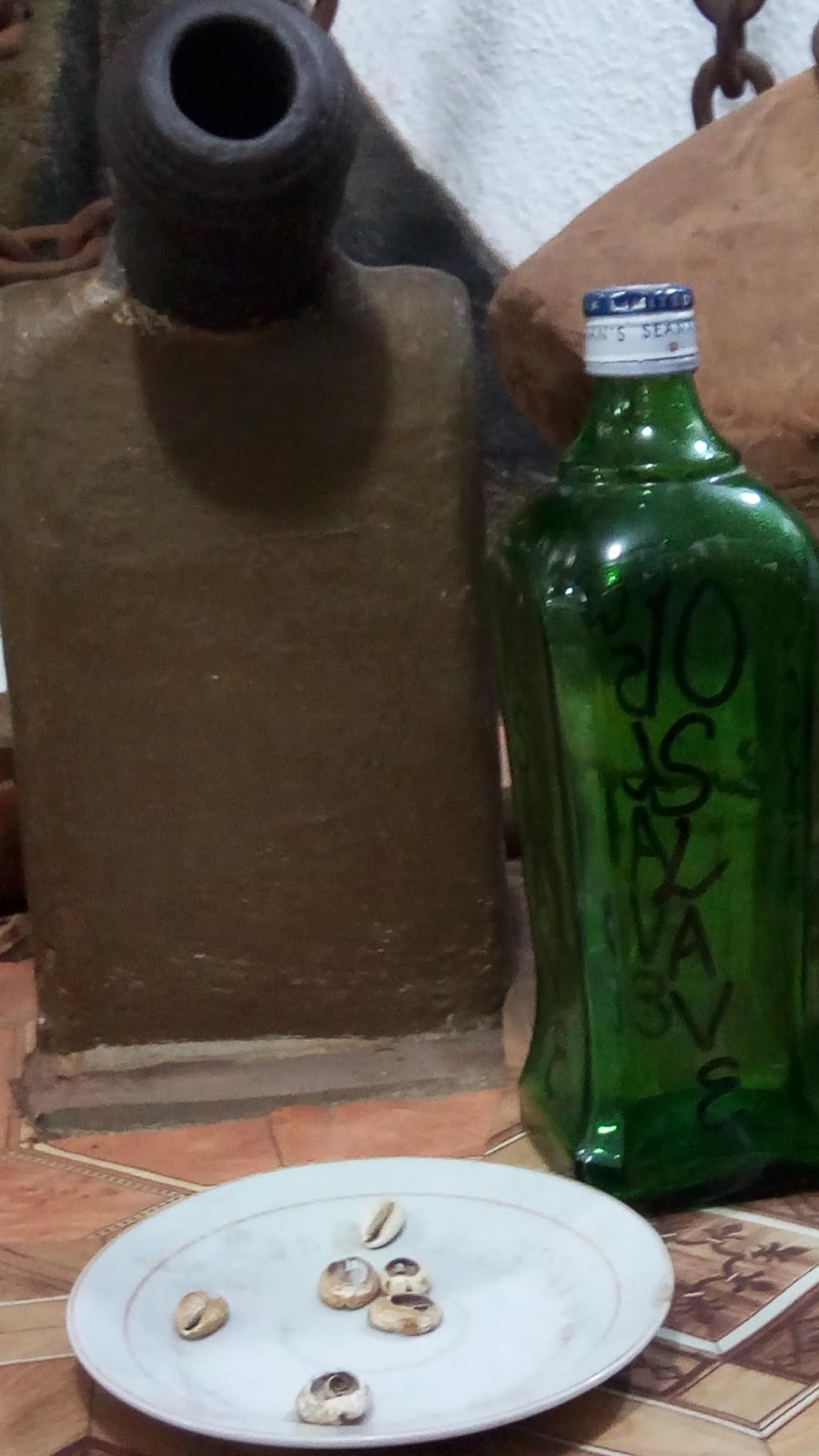
According
to Olusegun Mobee in his book, “History of the Mobee Family of Badagry
and Their Involvement in the Slave Trade“, Mr. Mobee states, “Slaves were never
captured in Badagry…As a matter of fact, then, slavery was a recognized
institution all over the world. Slaves were employed by Kings, Chiefs, and
wealthy people in their houses as domestic servants. A man’s economic and
social status were assessed by the number of slaves he possessed.
to Olusegun Mobee in his book, “History of the Mobee Family of Badagry
and Their Involvement in the Slave Trade“, Mr. Mobee states, “Slaves were never
captured in Badagry…As a matter of fact, then, slavery was a recognized
institution all over the world. Slaves were employed by Kings, Chiefs, and
wealthy people in their houses as domestic servants. A man’s economic and
social status were assessed by the number of slaves he possessed.
Conditions on board the ship
during the Middle Passage were appalling. The men were packed together below
deck and were secured by leg irons. The space was so cramped they were forced
to crouch or lie down. Women and children were kept in separate quarters,
sometimes on deck, allowing them limited freedom of movement, but this also
exposed them to violence and sexual abuse from the crew.
during the Middle Passage were appalling. The men were packed together below
deck and were secured by leg irons. The space was so cramped they were forced
to crouch or lie down. Women and children were kept in separate quarters,
sometimes on deck, allowing them limited freedom of movement, but this also
exposed them to violence and sexual abuse from the crew.
On reaching the Americas the
crew of slave ships prepared the Africans for sale. They washed, shaved and
rubbed them with palm oil to disguise sores and wounds caused by conditions on
board. The captains usually sold their captives directly to planters or
specialised wholesalers by auction. Immediately owners and their overseers
sought to obliterate the identities of their newly acquired slaves, to break
their wills and sever any bonds with the past. They forced Africans to adapt to
new working and living conditions, to learn a new language and adopt new
customs.
It is important to further note that slave trade came to an end not necessarily because of the Abolitionist movements but generally because of the industrialization boom in England, where machines took the jobs of slaves and farm owners were no longer in need of slaves because they had machines that could do the jobs at little maintenance cost. Though Slave trade is
abolished, acts of slavery still continue in the world today, recent case
studies include Nigerians recently rescued Slave camps from Libya.
abolished, acts of slavery still continue in the world today, recent case
studies include Nigerians recently rescued Slave camps from Libya.
Adedunmade Onibokun
dunmadeo@yahoo.com
